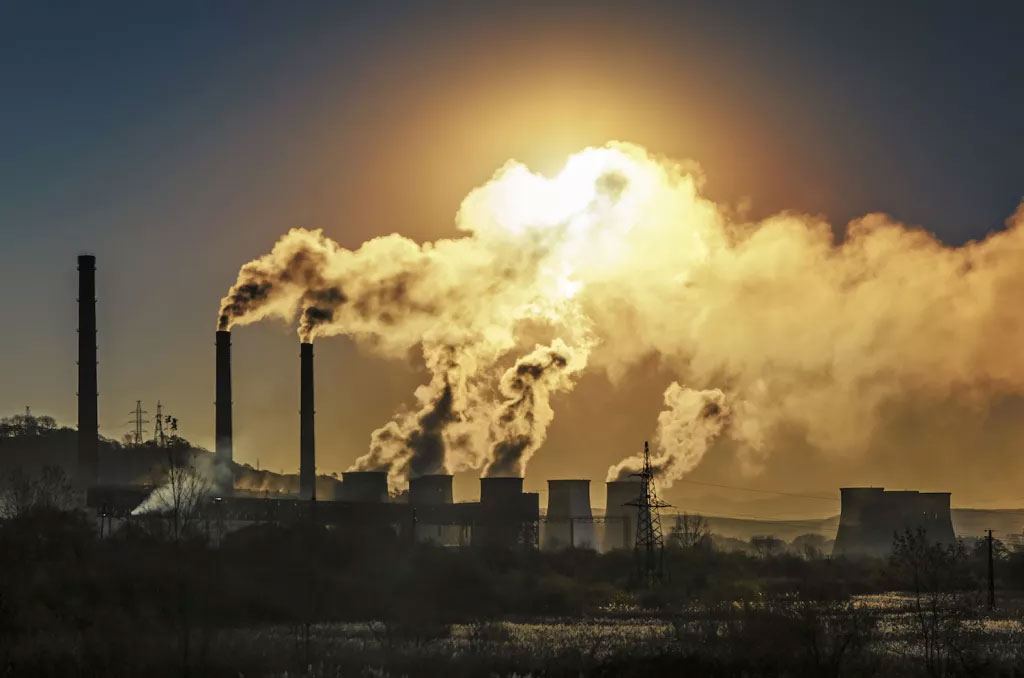BAKU, Azerbaijan, Apr.8
By Leman Zeynalova - Trend:
Power generation represents almost 60 percent of the emission reduction potential in 2050, Trend reports with reference to the Gas Exporting Countries Forum (GECF)
The uptake of intermittent renewables and gas-fired capacities, on the back of significant decline of coal for power is instrumental in causing this decrease. By 2050, renewables-led power generation will rise by around one-third in the Carbon Mitigation Scenario (CMS), while coal generation will shrink by almost 60 percent. Gas demand will add almost 50 bcm, or nearly 2 percent to the Reference Case. This relatively slight increase of gas in power demand reflects the lower utilisation rates of the gas-fired capacities, due to their growing role as complements to the rising share of renewables in the sector.
The industrial sector offers the second highest potential of emissions reduction, driven by the significant improvements in energy efficiency, recycling of materials; especially in the steel industry, and larger electrification of processes, including in the non-energy intensive manufacturing industries. Although the CMS considers larger switching from coal to gas in industrial sectors, this upside effect on gas demand is counterbalanced by efficiency improvements and electrification. Indeed, they will contribute to a decrease of demand by around 50 bcm globally.
Emissions in the transport sector are set to shrink by almost 710 MtCO2, which is due to the larger uptake of cleaner road vehicles. The transport sector supports the highest increase of gas demand - estimated at 110 bcm - in the CMS, which is due to the expansion of NGVs, including in the heavy goods transportation mode.
The potential of additional gas in residential and commercial sectors is estimated at around 10 bcm.
Finally, the transformation and other sectors, including the own use of the energy sector, will reduce their emissions by almost 460 MtCO2. This reduction is mainly due to the decrease in oil and coal outputs, underpinned by the decreasing demand for these fuels. The gas self-consumption of the transformation and energy industries will be globally reduced by 30 bcm in the CMS. Within the transformation industries, the gas-based hydrogen conversion will add almost 12 bcm to the Reference case, which is driven by the uptake of hydrogen utilisation in the transport sector. In order to achieve bigger progress, hydrogen technologies need to overcome several technical and economic barriers, for enabling their deployment at a large scale.
The role of natural gas in tackling emissions is seen very differently between various energy scenarios investigating carbon mitigation pathways.
GECF’s CMS analyses the possibilities of reducing emissions by enabling larger penetration of gas. This can be achieved through considering enhanced coal and oil to gas substitutions and more synergies and complementarities between gas and renewables.
---
Follow the author on Twitter: @Lyaman_Zeyn






